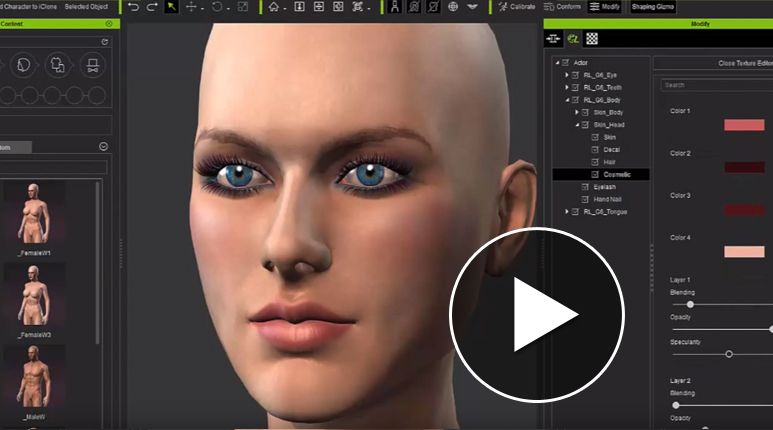In recent years, the field of animation has witnessed a significant transformation due to the increased integration of artificial intelligence (AI) technologies. One area where AI has had a tremendous impact is in the creation of realistic character animations. This article aims to explore and analyze the role of AI in enhancing the quality and believability of character animations, revolutionizing the way animated characters come to life.
The Evolution of Character Animation
Character animation has come a long way from hand-drawn frame-by-frame animation to computer-generated graphics. Initially, animators had to meticulously draw each frame by hand, which was a time-consuming and labor-intensive process. With the advent of computer-generated animation, the process became more streamlined, but achieving true realism still posed challenges.
However, with the integration of AI, animators now have access to powerful tools that can simulate physical characteristics and movement in a more natural and believable manner. AI algorithms can analyze human motion and behavior, allowing animators to create characters that move realistically, emulating human-like actions and expressions.
AI and Motion Capture
Motion capture has always been a fundamental tool in character animation. Traditionally, actors wore suits fitted with markers that were tracked by cameras to record their movements. The data collected was then used by animators to recreate those movements in animated characters. However, capturing every subtle nuance and detail proved challenging.
AI-driven motion capture systems have revolutionized the process by enabling more precise and accurate capturing of movements. By employing machine learning and computer vision techniques, AI algorithms can identify and analyze key points on an actor’s body, translating them into realistic character animations. This allows for more nuanced and lifelike performances, taking character animation to new heights.
Facial Animation and Expression
Facial animation plays a crucial role in bringing characters to life, as it conveys emotions and expressions. Traditionally, animators had to manually create and manipulate facial expressions frame by frame. However, this method resulted in limited expressiveness and often fell short of achieving true realism.
AI-based facial animation tools now offer a more intuitive and efficient solution. Using deep learning algorithms, these tools can analyze facial expressions and movements in real-time, accurately capturing and replicating them in animated characters. This enables animators to create characters that not only look realistic but also display complex emotions and reactions, enhancing the viewer’s immersion and emotional connection with the characters.
Enhancing Physicality and Physics-Based Animation
One of the challenges in character animation is replicating realistic physical interactions and movements. AI has significantly contributed to overcoming this challenge through the development of physics-based animation techniques. By leveraging machine learning algorithms, animators can simulate physical forces and properties, making characters interact with their environment in a more lifelike manner.
AI algorithms can analyze real-world physics and generate simulations that accurately replicate how characters respond to different stimuli. This goes beyond mere visual accuracy, as characters can now exhibit believable weight, balance, and reaction to external influences. Physics-based animation driven by AI has opened up new possibilities, enabling animators to create compelling and immersive character performances.
The Future of AI in Character Animation
The role of AI in realistic character animation is constantly evolving, and the future looks promising. Continued advancements in machine learning, computer vision, and natural language processing offer exciting opportunities for further enhancing the animation process.
AI could potentially enable more intelligent and dynamic character interactions, as AI-driven systems can analyze context and generate responsive animations on the fly. This would lead to characters that adapt and react based on their environment or the user’s input, creating truly interactive and engaging experiences.
Conclusion
The integration of AI technologies in character animation has transformed the industry, enabling animators to create more realistic and believable performances. From motion capture to facial animation and physics-based simulations, AI-driven tools have elevated the level of detail and immersion in character animations. As AI continues to advance, it holds great potential for revolutionizing the animation process further, opening up exciting possibilities for the future of character animation.
